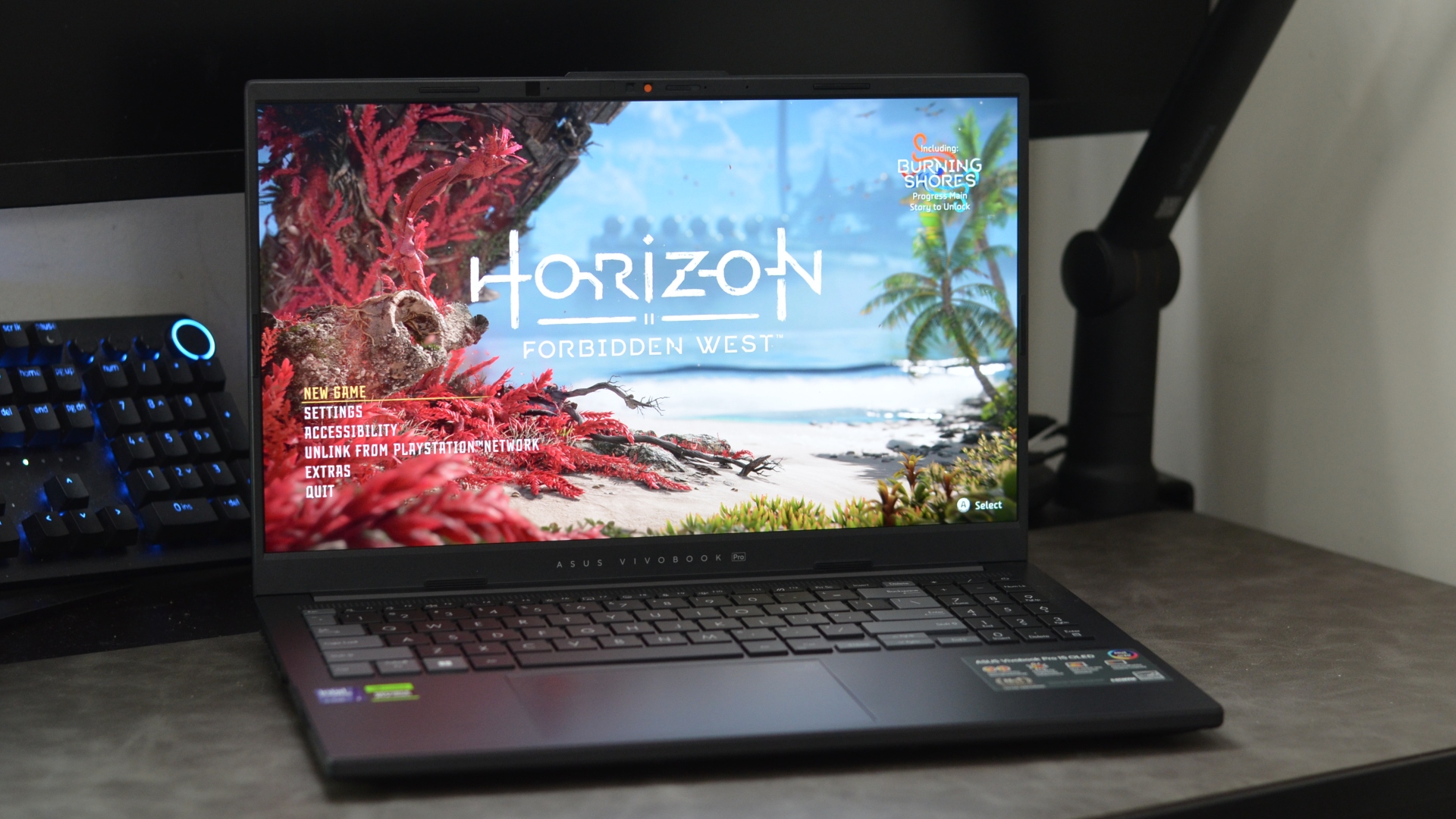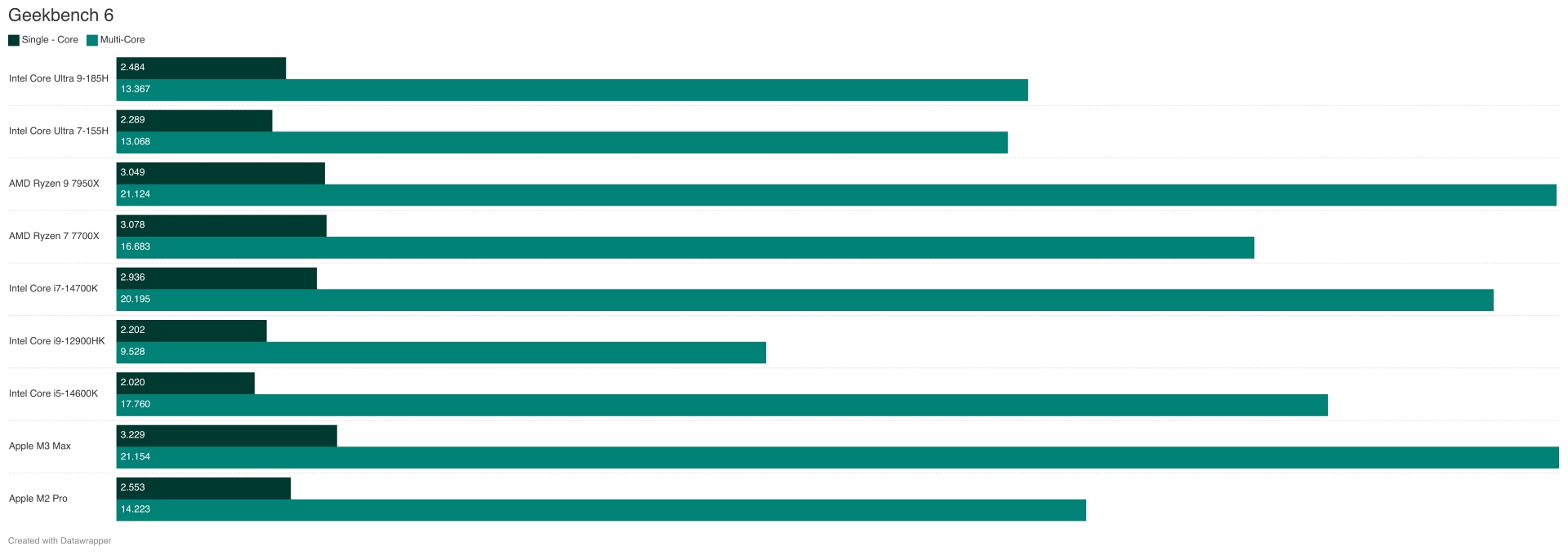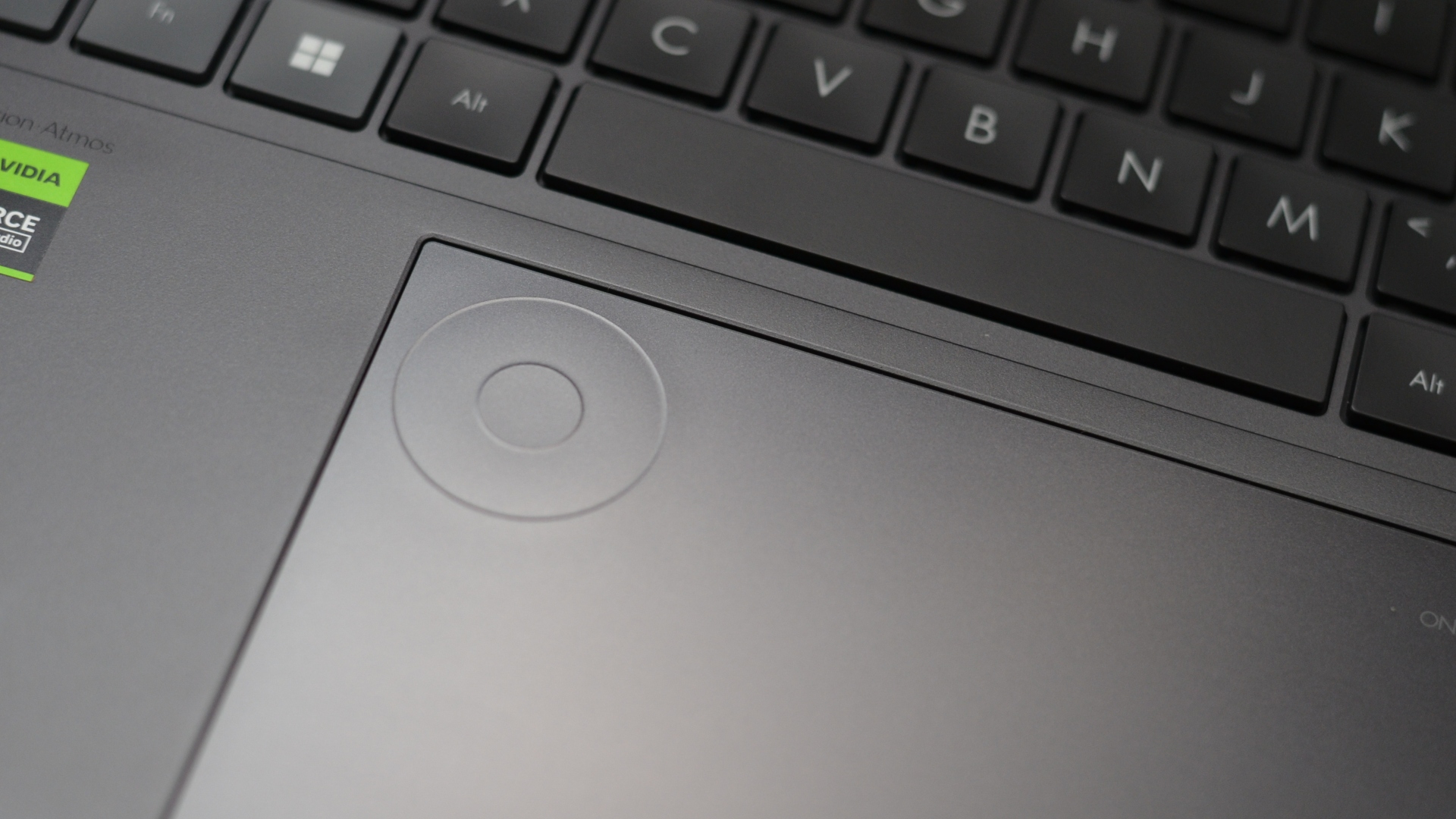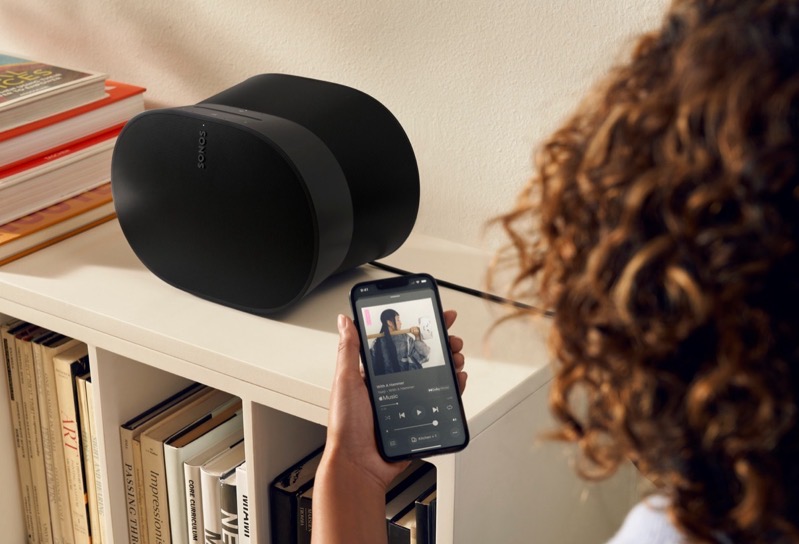
Asus Vivobook Pro 15 OLED Review

Asus has a vast web of laptop options, designed for various users and lifestyles. Yet, at the core of its catalogue is the Vivobook series. This year’s Vivobook Pro 15 OLED aims to deliver high performance across both productivity and gaming. All while supporting a sleek and elegant 15.6-inch OLED display.
A mobile workstation such as the Vivobook Pro 15 OLED undoubtedly must check a few boxes to be a viable option on the market. Does it fulfill the promise of high efficiency for the workday? Is it long-lasting? And does it look great amongst its temporaries? Thankfully, this $1,999 laptop doesn’t fall short in delivering exceptional efficiency compared to other “Pro” grade laptops. With enough power under the hood to support content creative tasks like editing and rendering, Vivobook Pro 15 OLED is in a good position for creativity. With its NPU, AI acceleration and hardware generation help propel the device as a well-rounded, gaming rig. Though, don’t go expecting to play games on Ultra High settings.
Adding to its performance, the Vivobook Pro 15 OLED boasts a stunning and vivid display that pairs well with the elegant chassis. With its lightweight design, Asus’ latest device is notably well-rounded with barely any concessions made while retaining a relative price point for consumers.
Out of the box
As mentioned, the Vivobook Pro 15 OLED supports a 15.6-inch 3K Asus Lumina OLED screen with a 16:9 aspect ratio. It’s a great middle-ground for those who wish to have a bit more screen real estate but don’t want to commit to something as large as the Galaxy Book4 Pro 360 or 16-inch M3 MacBook Pro. The display supports a peak brightness of up to 600 nits and is VESA DisplayHDR True Black 600 certified. Plus, for games, the display offers up to 120Hz refresh rate and 0.2ms response time to boot. For watching (or reviewing content), the display also offers a 100% DCI-P3 colour gamut with vivid colour supported throughout.

Under the hood, the latest Pro-level laptop from Asus features an Intel Core Ultra 7 155H processor, featuring 16 total cores split between six performance, eight efficient cores, and two low-power efficient cores. It also features 22 threads. With its Neural Processing Unit (NPU), the Vivobook Pro 15 OLED supports low-latency AI usage across both the workflow and gaming. Speaking of games, this device sports an Nvidia GeForce RTX 4060 GPU with Deep Learning Super Sampling (DLSS) 3 tech built in. It also includes a 16GB LPDDR5x 5600 MHz RAM and a 1 TB M.2 NVMe PCIe 4.0 SSD. Wi-Fi 6E, Bluetooth connectivity, and ASUS WiFi Master technology are also provided. Asus also includes a 75Wh lithium-polymer battery, supporting 30-minute fast charging to 50 percent.
The Vivobook Pro 15 OLED is all built with an aluminum alloy chassis, offering a lightweight design. The new laptop weighs only 1.8kg, a considerable amount lighter than a M3 MacBook Pro’s 2.14kg. The device ships in either the ‘Cool Silver’ or ‘Earl Grey’ colour option. For ports, the device offers a Thunderbolt 4 UBC port, supporting up to 40 Gbps and a 4K display output. Additionally, users will find a USB 3.2 Gen 2 Type-C port, 2 USB 3.2 Gen 1 Type-A port, a standard HDMI 2.1 port, and a 3.5mm headphone jack. Plus, there is an SD card reader, which is becoming more of a rarity these days. Quickly turning our attention to the keyboard, the keypad features the Asus DialPad. This mini circular pad gives added control over select creation apps like Adobe Premiere and After Effects. It’s a really neat bonus where finer and more precise controls are made possible with your fingertips.
Outstanding display
Laptops featuring OLED displays are fairly common these days. However, they certainly attribute to the high price tags of many. So, when you see one that impresses, it’s best to take note. Coming off of the Asus Zenbook Duo, which features not one but two OLED displays, I wasn’t expecting the Vivobook to outshine its dual-screen counterpart. Yet, here we are and I can’t help but wax poetic about 3K ASUS Lumina OLED screen. I’m not traditionally one to watch movies or shows on a laptop but given the impressive colour array and rich blacks, I had to. The display supports Dolby Vision and is Pantone-validated for its colour rendering. After watching Dune Part 2 in theatres, I needed more from Denis Villeneuve’s universe so I went back to 2021’s Dune Part 1 and was once again enamoured by the contrast and crisp colour-grading.

On the productivity, side, the 15.6-inch OLED display boasts a TÜV Rheinland certification. As someone who commonly experiences discomfort from sitting in front of a screen, the low-blue light helped to mitigate eye strain. The display is also large enough for a workflow of either editing videos or multitasking between writing and social media management. When switching over to gaming, visuals are exceptionally smooth. While running many games on ‘High’ settings (more on that in a bit), I was able to regularly achieve over 60Hz all the way to 120Hz. While popping into Gears 5, I was reminded how frenetic the combat is while playing with higher frames. The low latency perks were also nice, especially for someone who is used to playing with a wireless Bluetooth controller.
Effective performance
Throughout my time with the Vivobook Pro 15 OLED, I kept complimenting its performance as an all-round workhorse. AI, of course, is a trend that many companies are chasing. Asus seeks to add value to its latest device by adding low-latency AI computing, without the need for an internet connection. It’s able to effectively enhance many tools that creators may use daily with AIU enhancements. This goes as far as working with Microsoft Teams, Webex, and iQIY. Audacity is another tool, one that I regularly use, that features AI-driven features. This includes music separation and text-to-music transformations. Sure, these may not serve those producing podcasts, but for those looking to generate tracks or quickly enhance the editing workflow, these could become key features. Blender also boasts AI enhancements like text-to-image as well.

Asus strangely doesn’t position the Vivobook Pro 15 OLED as a gaming laptop. Though, from my perspective, it’s a decent rig. Capable of playing many demanding titles without having to scale back too much on all the bells and whistles. It does provide support for instant real-time ray tracing, bringing realistic lighting, shadows, etc. This is all thanks to the RTX 4060 and NVIDIA DLSS. Clock speeds are nominal when playing games like Horizon Forbidden West, Call of Duty: Modern Warfare 3 or The Witcher 3: Wild Hunt. Onboard memory peaks up to 16GB with 5600 MHz DDR5 speeds. Ideally, clock speeds should reach upwards of four times that of RTX 3060 or comparable GPUs. That being said, while attempting to run certain games like Assassin’s Creed Valhalla on its highest settings, performance would take a hit. The VivoBook Pro 15 OLED isn’t exactly cut to replace a top-of-the-line gaming laptop. But its performance is more than adequate if you want to take advantage of stock quality.

The Vivobook Pro 15 OLED is prone to making a fair amount of noise. While the device includes an improved CPU performance, backed by Asus’ IceCool Pro thermal tech, running games on moderate to high settings has the fan ramping up. It does feature five heat pipes, dual fans with liquid crystal polymer and a 3D curved design, designed to keep the Vivobook 15 Pro OLED running cool. Both fans feature 103 blades made of liquid crystal polymer material. Asus also includes Fan profile software, enabling users to tailor their ventilation’s performance. Typically, I tweaked the setting up from ‘Standard’ to ‘Performance’ to keep up with gaming and larger-size rendering. There is a ‘Full-speed Mode’ but it often felt like overkill, at least for my workflow. With all this said, the Vivobook Pro 15 OLED can run loud.
Final thoughts
After a month with the Vivobook Pro 15 OLED, I’m delightfully impressed. Asus delivers a well-rounded workhorse for content creation, powered by AI-enhanced apps and efficiencies. On top of productivity perks, the device can satisfy many demanding games, benchmarking amongst comparable laptops on the market. The real showstopper is the OLED display. Airing on the larger size for displays, Asus still retains a compact and sleek design. Once opened, a 3K Asus Lumina OLED screen beams whether you’re watching a movie, playing games, or simply getting through the workday.
It’s rare to find a laptop offering this much power and beneficial performance for $1,999. Asus was wise to keep this device moderately cost-efficient as the market for competitive devices exceeds the $2,000 cost range in Canada. This spring, the Vivobook Pro 15 OLED should be the laptop on your radar.

